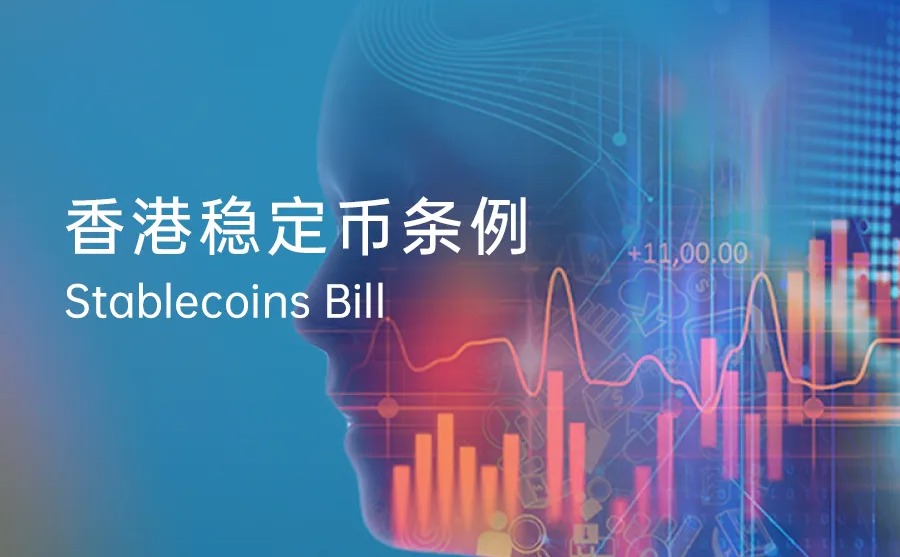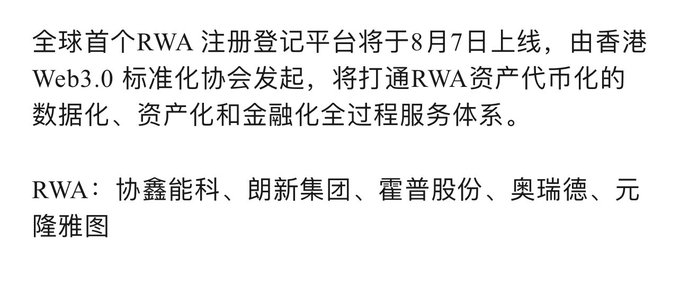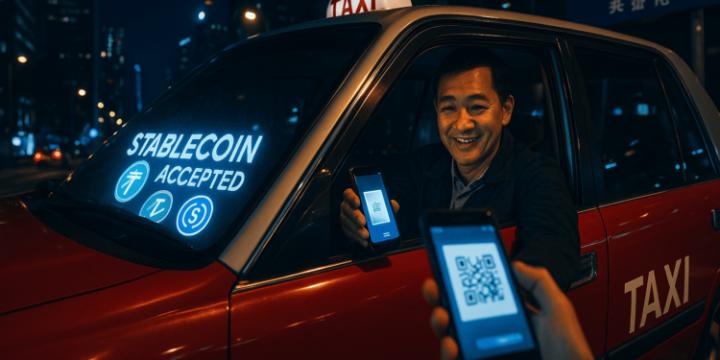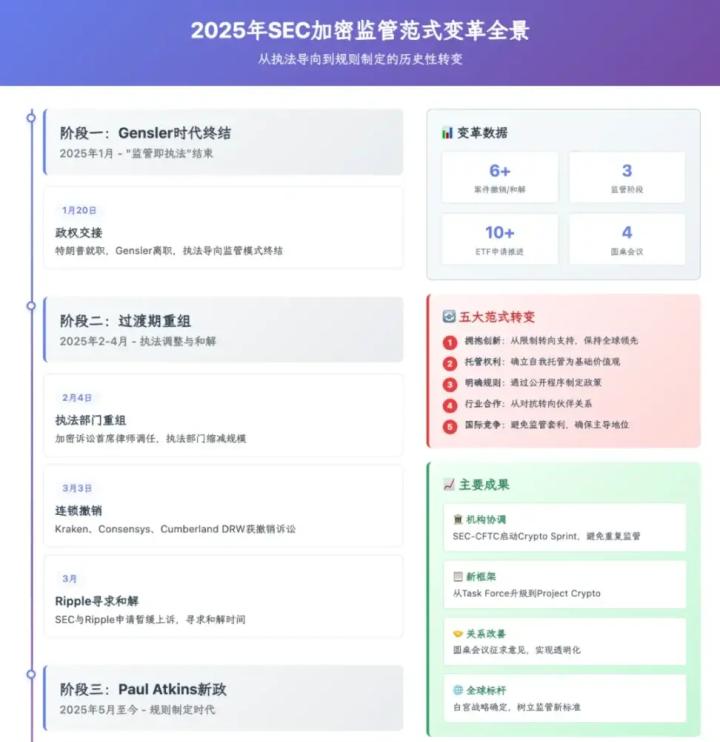When the Hong Kong Monetary Authority (HKMA) officially activates the Stablecoin Regulation on August 1, 2025, many people's first reaction is: another regulatory rule has been implemented. However, if it is merely seen as another "incorporation" of the cryptocurrency world, one would miss the most ingenious move in this chess game.
This is not the end of the story, but the opening of a prelude. Hong Kong's move goes far beyond simply placing a tight constraint on the noisy virtual assets. It is a well-thought-out strategic layout aimed at paving a crucial underlying highway for two trillion-dollar future markets - tokenization of real-world assets (RWA) and global trade finance - by creating the most compliant and credible stablecoin globally. The true goal of this chess game is to ensure that Hong Kong remains an indispensable global hub in the next wave of digital finance.
Why is the "boring" stablecoin Hong Kong's most exciting innovation?
Hong Kong Legislative Council member Qiu Dagen broke down its essence when discussing the new regulations: "The core feature of fiat stablecoins is that they must be 100% reserved with highly liquid monetary assets... Their primary function is international payments, with absolutely no opportunity for speculation."
This description portrays an image far removed from the typical crypto world's get-rich-quick mythology - a "boring" stablecoin. No algorithmic leverage, no temptation of volatility, just an almost rigid value stability pegged 1:1 to reserves. The regulation requires issuers to be entities registered in Hong Kong, holding at least 25 million Hong Kong dollars in paid-up capital, and placing 100% of reserve assets in segregated custody with licensed banks, subject to strict audits. This combination of "high barriers and strong regulation" effectively excludes all players keen on regulatory arbitrage and financial magic.
However, it is precisely this extreme "boredom" and "compliance" that constitutes its leverage point for the future. This seemingly unremarkable chess piece is precisely positioned at the critical point of the RWA ecosystem.

Shortly after the Stablecoin Regulation takes effect, on August 7, the Hong Kong RWA Registration Platform initiated by the Hong Kong Web3.0 Standardization Association was announced to be online. This is no coincidence. RWA, or real-world asset tokenization, is considered the core path for blockchain technology to empower the real economy. Whether government-issued green bonds, ownership of a skyscraper, or a batch of carbon credit quotas, they can theoretically be fractioned into tokens and circulate in a global, 7x24 uninterrupted market.

However, a core obstacle has always existed: what to use for trading these tokenized assets? Bitcoin or Ethereum? Their price volatility would deter any serious financial institution. Traditional bank transfers? This would return to the old world of T+2 settlement, limited trading hours, and high intermediary costs, completely erasing RWA's efficiency advantages.
Hong Kong's compliant stablecoin is precisely the answer to this problem. It is like a standardized digital container and automated port system. When an RWA transaction occurs on-chain, smart contracts can automatically execute atomic settlement (DvP) of "payment in stablecoin, delivery of RWA token" without trusted intermediaries, completing the entire process in seconds with almost zero risk exposure.
If RWA is the next-generation digital cargo being packaged, then compliant stablecoins are the conveyor belt efficiently transporting these goods. Data revealed by HKMA Chief Executive Eddie Yue provides evidence: as of mid-July 2025, the total transaction volume of bank digital asset-related products and tokenized assets had reached 26.1 billion Hong Kong dollars, a year-on-year growth of 233%. The goods have started moving, and now the highway paved by stablecoins is officially open.
Opening a New Blue Ocean: Reshaping Trillion-Dollar Trade Finance
If RWA is the first battlefield Hong Kong is targeting, then global trade finance is an even broader blue ocean in its vision. The entrance to this blue ocean is right under Hong Kong's feet - the Guangdong-Hong Kong-Macau Greater Bay Area.
According to official data, in 2024 alone, the total import and export value of nine mainland cities in the Greater Bay Area exceeded 8 trillion yuan. Behind this massive number are tens of thousands of small and medium-sized foreign trade enterprises long suffering from the "unbearable weight" of traditional cross-border payments. A cross-border payment often requires several days of routing between correspondent banks, with each transfer accompanied by high handling fees and exchange losses. The complex letter of credit process further occupies enterprises' precious cash flow, becoming a constraint on their development.
Stablecoins provide an almost magical solution. Imagine a scenario: A toy factory in Dongguan exports a batch of goods to a Hong Kong trading company. They no longer need to open a letter of credit through a bank and wait for a lengthy wire transfer. The Hong Kong company only needs to convert Hong Kong dollars into a compliant HKD stablecoin through a licensed issuer, then directly transfer the funds to the toy factory's digital wallet on the blockchain. The payment is almost instantaneous.
This is not just theoretical. Even before the regulation officially took effect, financial giants like Standard Chartered had already conducted related experiments in the HKMA's regulatory sandbox. According to participants, using tokenized offshore RMB (CNH) for small-scale cross-border trade settlement significantly reduced transaction costs and complexity, with efficiency markedly improved. Some early pilot cases even showed that settlement costs could be reduced by up to 90%.
For small and medium-sized enterprises competing fiercely for slim profits, this is like rain after a long drought. Yang Debin, president of the Greater Bay Area International Information Technology Association, once stated that Hong Kong's introduction of the Stablecoin Regulation at this time represents keeping pace with the times in terms of regulation. This "keeping pace" precisely targets the most urgent pain points of the region's real economy. The goal of Hong Kong's stablecoin is to become the digital settlement layer for trade in the Greater Bay Area and along the "Belt and Road" routes, embedding itself into the bloodstream of global supply chains.
B-end Battle: Differentiated Competition with USDT
When discussing stablecoins, no one can avoid Tether (USDT) and Circle (USDC), these two giants. With their trillion-dollar circulation volume and massive network effects, they have long been the "digital dollars" of the crypto world. How can Hong Kong's compliant stablecoin survive in the shadow of these giants?
The answer is: not survival, but coexistence. From the beginning, Hong Kong never intended to engage in hand-to-hand combat on USDT's home turf - that crypto-native world dominated by C-end retail investors, speculative trading, and pure on-chain DeFi applications. Instead, it chose a completely different track, a "differentiated competition" targeting B-end enterprises and traditional financial institutions (TradFi).
For a listed company that needs to undergo audits or a fund managing customer assets, using USDT with opaque reserves and unclear regulatory status for large-scale settlements is an unimaginable business risk. In contrast, a stablecoin backed by the HKMA, with clear reserves and full compliance, can seamlessly integrate into their existing compliance and risk control frameworks. Their target customer groups are entirely different - one serving "Wild West" adventurers, the other serving the regular army of the "financial center".
Behind this competition lies an even more subtle policy interaction between Hong Kong and mainland China, an exquisite "two-person dance". It is well known that mainland China adopts strict regulatory policies towards cryptocurrency trading, but simultaneously is making every effort to promote sovereign digital currency (e-CNY) and actively push for RMB internationalization.
Against this grand backdrop, Hong Kong, as an independent customs territory under "one country, two systems" and the world's largest offshore RMB center, has taken on a subtle and critical role. It has become the ideal "firewall" and "experimental field" for mainland China to explore digital finance and align with international standards.
An offshore RMB stablecoin (CNH stablecoin) issued by Hong Kong-licensed institutions and regulated by Hong Kong law, which can circulate freely on global blockchain networks for trade settlement and financial transactions, can effectively test the acceptance and application scenarios of digital RMB in international markets without impacting domestic financial stability. It cleverly builds a bridge between mainland China's strict capital controls and its desire to internationalize the RMB. This positions Hong Kong not just as planning for itself, but as a pioneering pathfinder for the nation's broader digital currency strategy.
Therefore, upon re-examining Hong Kong's Stablecoin Regulation, its full picture has emerged. It is not a simple regulatory action, but a profound strategic investment. By creating the world's most credible stablecoin system, Hong Kong is reserving two key tickets to the next-generation digital financial world: one leading to the RWA era of interconnected everything, and another to a new era of efficient, inclusive global trade.
What the world may see is perhaps just a new chapter in Hong Kong's financial regulations. But on the chessboard, a completely new landscape concerning the future leadership of financial infrastructure has quietly begun.






